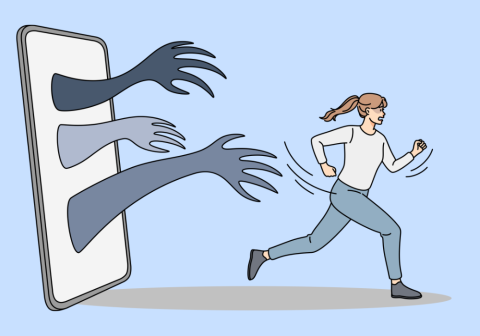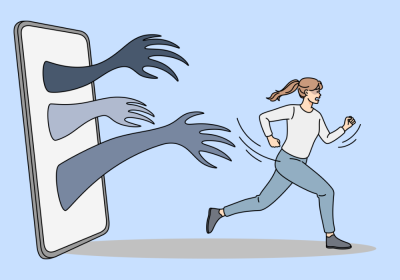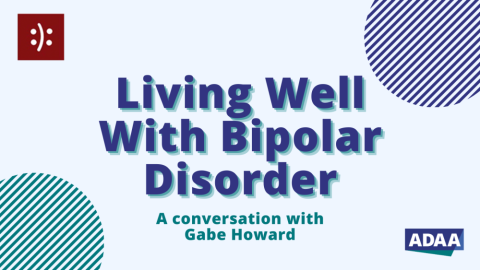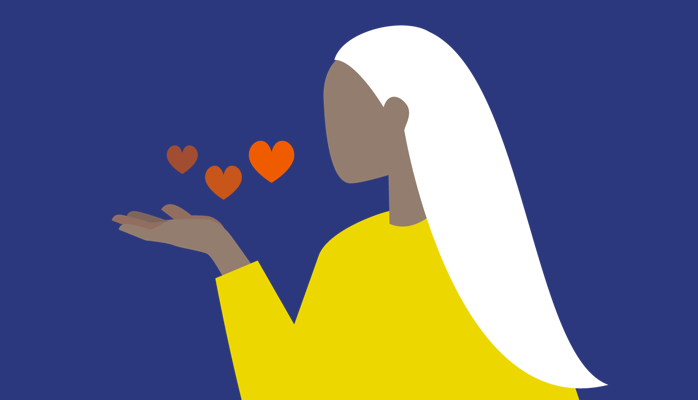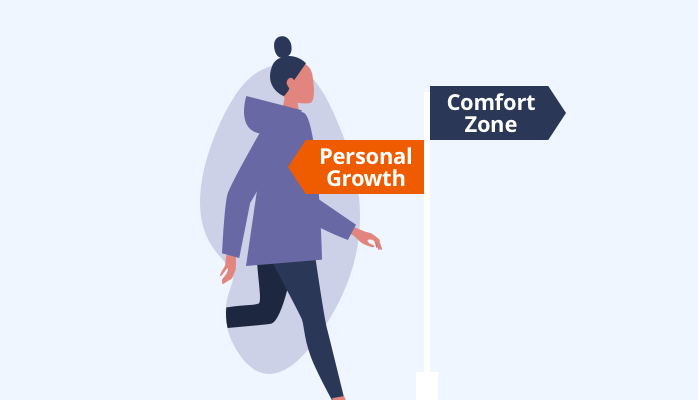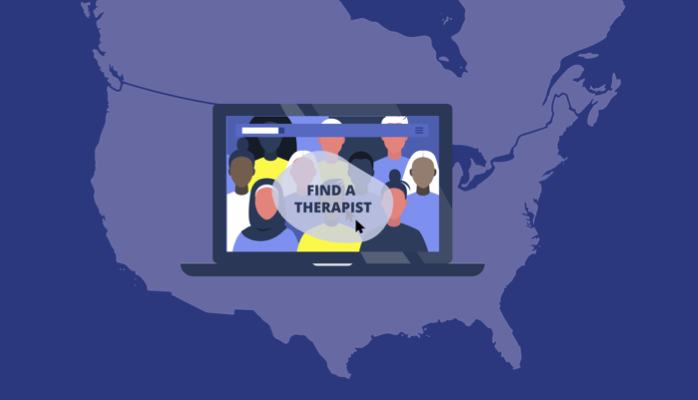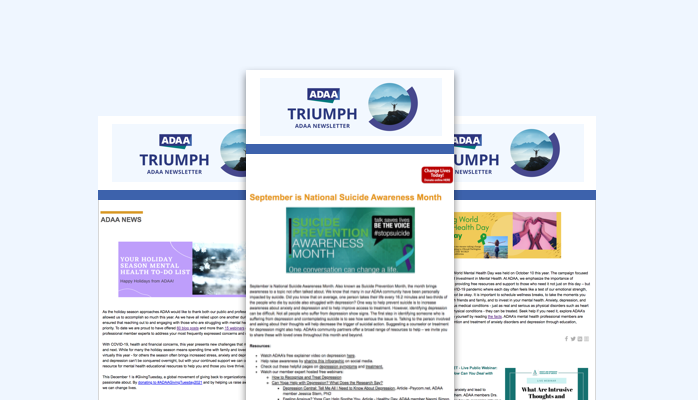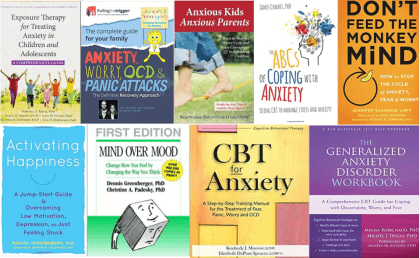As with any illness, treatment should be tailored to a specific diagnosis. A treatment plan for a diagnosis of depression and an anxiety disorder should be designed to help a person manage and reduce the symptoms of both disorders, often at the same time.
Some people may have a disorder that causes most of the distress, and it is reasonable to address it first. For example, if a person who is highly depressed is unable to begin treatment for an anxiety disorder, which requires high motivation and energy, it may be necessary to treat the depression first. Often, however it is difficult to tell which set of symptoms is predominant, so treatment of both may start at the same time.
Treating Depression and Anxiety Disorders
Often depression and an anxiety disorder can be treated similarly. In many cases, therapy can be tailored to an individual so that it works to reduce the symptoms of both disorders.
Several forms of psychotherapy are effective. Of these, cognitive-behavioral therapy (CBT) works to replace negative and unproductive thought patterns with more realistic and useful ones. These treatments focus on taking specific steps to overcome anxiety and depression. Treatment often involves facing one’s fears as part of the pathway to recovery. Interpersonal therapy and problem-solving therapy are also effective.
Medications can also be useful. Symptoms of depression and anxiety disorders often occur together, and research shows that both respond to treatment with selective serotonin reuptake inhibitor (SSRI) and serotonin norepinephrine reuptake inhibitor (SNRI) medications.
Other medications may be used if an SSRI or SNRI does not provide adequate improvement. For people with severe symptoms or functional limitations, psychotherapy and medication treatment may be combined.
More than one in 10 Americans take antidepressants, the number one type of medication used by people ages 18 to 44. Learn more about how these drugs work.
Find out more about medication.
Taking Other Steps
- Consider joining a support group.
- Try relaxation techniques, meditation, and breathing exercises.
- Talk with family members and friends and explain how they can be helpful.
- Your therapist may recommend self-help materials.
- Regular exercise can reduce symptoms of depression and anxiety.
Choosing a Therapist
Members of the Anxiety Disorders Association of America who specialize in anxiety disorders and depression have provided descriptions of their practices in find a therapist.
- Find out how to choose a therapist.
